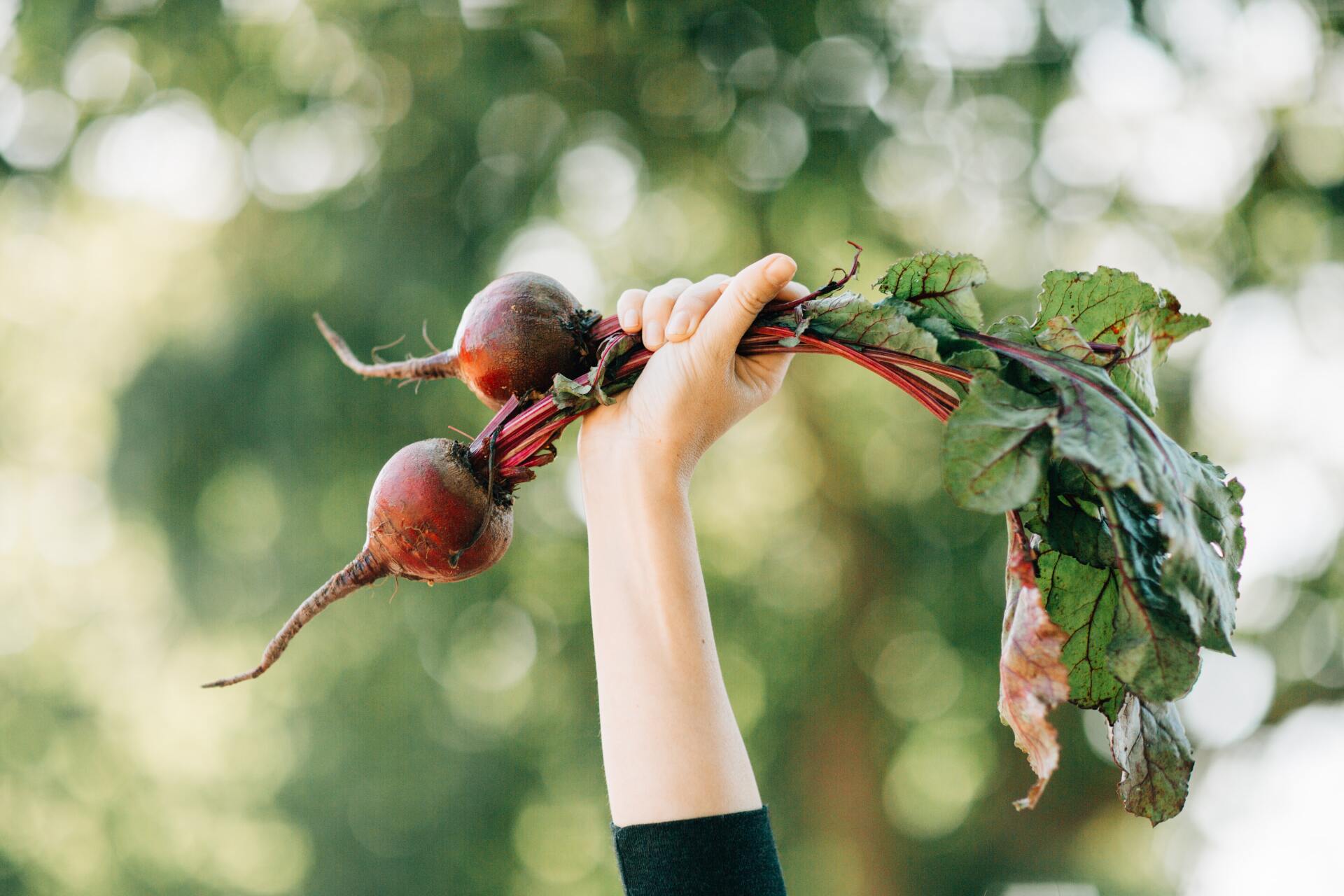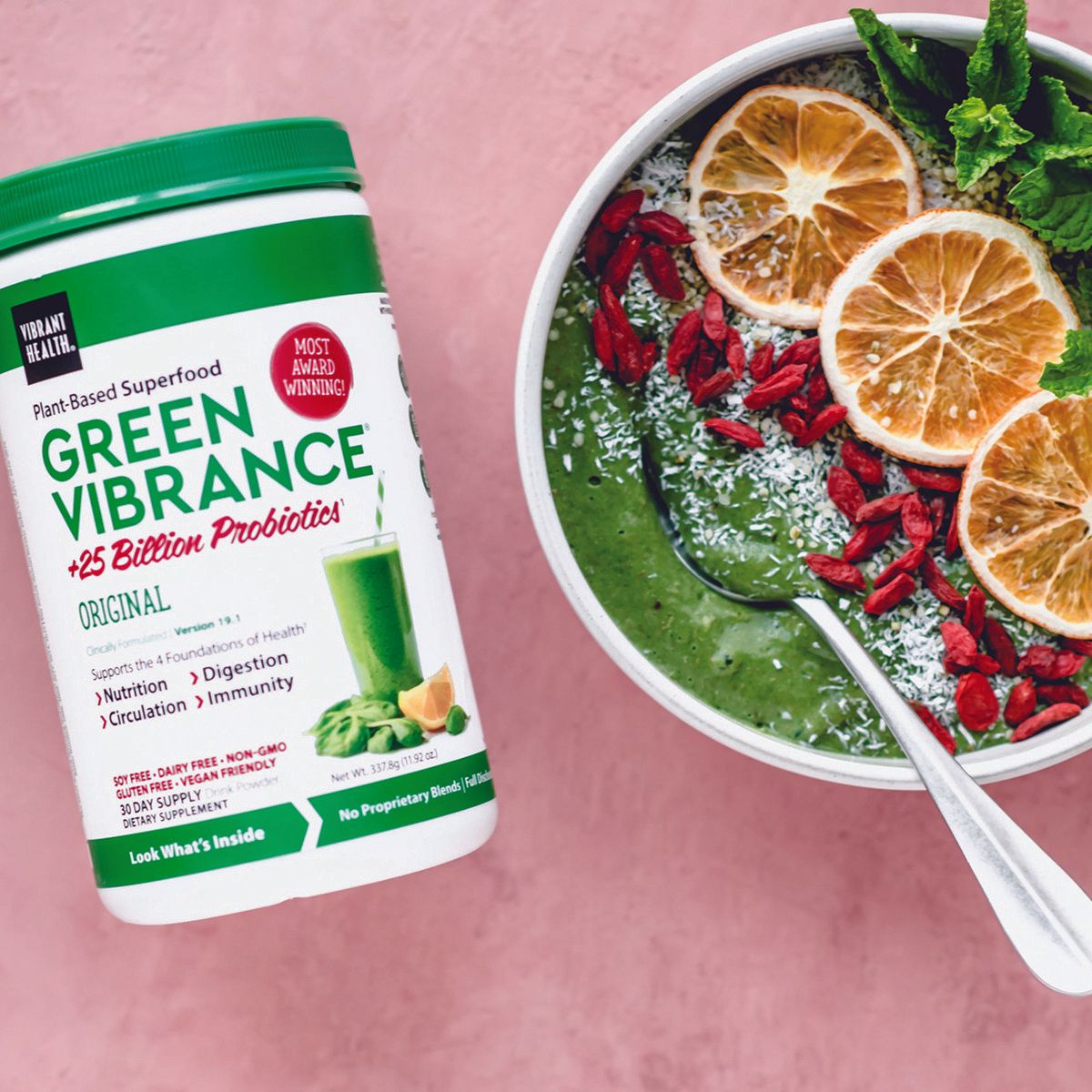Humans and Plants: A Symbiotic Relationship
“We realize we are already in a relationship with plants simply because we breathe. We are constantly in a cycle of breath, a relationship where we are dependent on each other for our lives.” 1
When you sit down to eat a meal, do you think about everything that went into the food on your plate? What did it take to grow? There must be sunshine, rain, bees, and so on for you to consume all the wonderful fruits and vegetables and reap the benefits they provide your body. All our food comes from plants, either directly, or from an animal that ate a plant. Our ability to breathe oxygen comes from plants which are crucial to our survival. Plants are not only dependent on humans but also dirt. Dirt is a living system that has a symbiotic relationship with plants also. The nutrient density of the plants we eat depends on the soil.2
We as humans take for granted that our health and survival depend on agriculture. The evolutionary success of both humankind and its plant symbionts is dependent on our caring partnership.3
Our history with plants as medicine
Plants have been used for thousands of years for their medicinal properties. Various diseases have been treated with the use of plants as medicine through history. To date, 35,000 – 70,000 plant species have been screened for medicinal use.
When a plant is used for herbal medicine, many parts of the plant may be used: root, bark, stem, leaves, seeds, flowers, and fruits. Different parts of a plant may offer a variety of therapeutic effects. Plants produce bioactive compounds which are classified into primary and secondary metabolites. Primary metabolites like carbohydrates, lipids, and amino acids, are necessary for the growth and basic metabolism in all plants, while secondary metabolites are not essential, but they may play crucial roles in plant wellbeing by interacting with the ecosystems. When assessing phytochemical compounds, the main interest is in quantifying their activity, evaluating how successful they are in promoting good health, and preventing diseases.4
What you eat may have the ability to transform your health. Foods such as whole grains, fruits, vegetables, nuts, seeds, tubers, and legumes are great dietary staples that may aid in maintaining homeostasis in the body. These foods are full of vitamins, minerals, antioxidants, and phytochemicals and provide an abundance of nutrients for your body. Dark chocolate can regenerate stem cells, blackberries and pomegranate can activate the immune system, broccoli provides DNA protection, and there are many more plant-based benefits, but there is no magic bullet. The key is diversity, eating all the colors of the rainbow, and making good choices about what we put in our bodies every day.
Avoiding highly processed foods, which have been stripped of nutrients to a more plant-based way of life, provides many benefits to your body. Your digestion and skin typically will improve, and your total energy may increase due to the nutrientdense attributes.5
Our long symbiotic relationship with plants has created an inherent need to be close to nature. We have a bond with nature and we are a part of it. And when we are close to what supports us in life, we are energized and restored.
If you are looking to add more greens to your daily routine, try one of our Green Superfoods, such as Vibrance, Green Vibrance, or Maximum Vibrance.
https://rowecenter.org/wp/our-symbiotic-relationshipwith- plants-and-trees/
https://drhyman.com/blog/2019/10/01/saving-our-soilswith- regenerative-agriculture/
https://www.sciencedirect.com/science/article/pii/ B9780124273504500169
https://www.ncbi.nlm.nih.gov/pmc/articles/ PMC3560124/
https://rowecenter.orgttps://rowecenter.org/wp/our-symbiotic-relationshipwith-
plants-and-trees/











